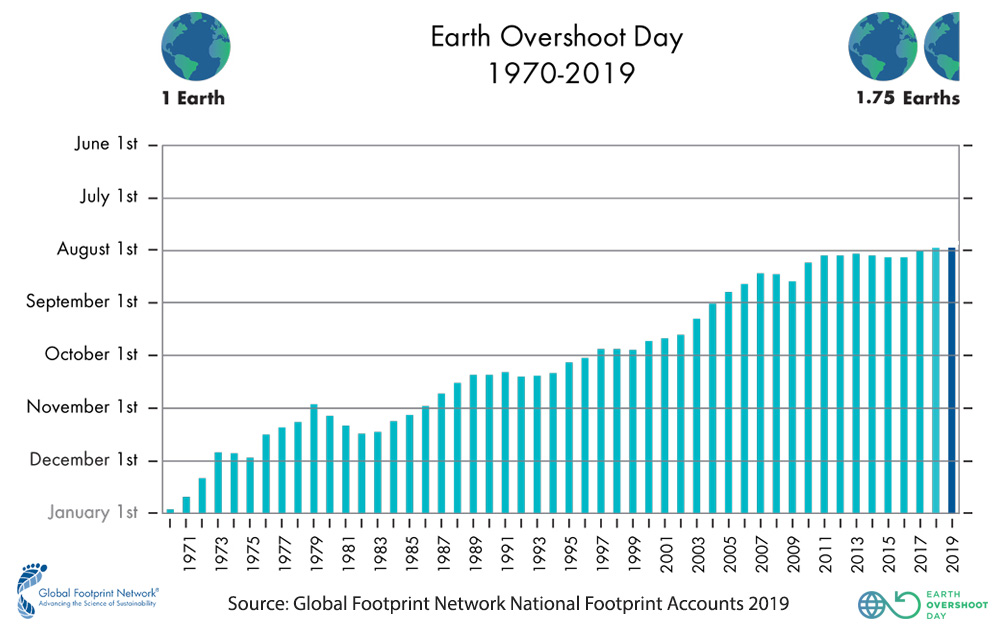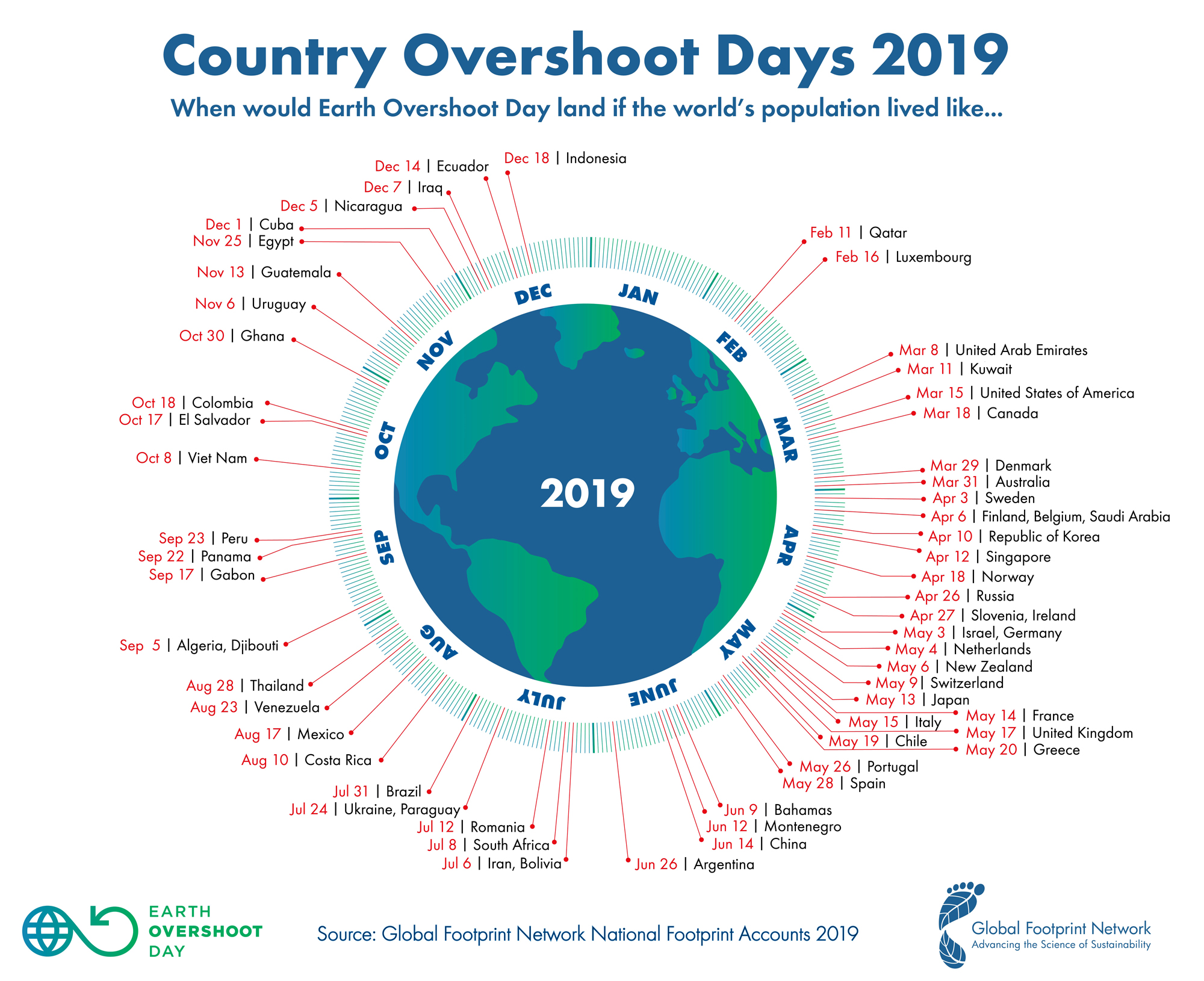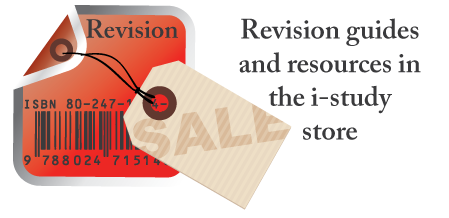Fossil fuels, nuclear & renewable energies
Tasks
Work as part of a group to research and put together revision guide for the energy resources that you are allocated. Your guide should include the following information:
- A description/explanation of what each energy resource is/how it works/is harnessed.
- The advantages and disadvantages of each energy resource: ease of use, cost, availability, reliability, environmental impact (pollution, biodiversity loss, etc).
- Case study for each energy: a detailed example of a country which uses it, why they use it, its contribution to the energy security of the country.
- You revision guide should be clearly laid out - include diagrams/pictures where they are beneficial, be colourful and engaging. Don't just make a boring doc.
Individual tasks
- Compare and contrast 2 energy sources, you should extend your answer to consider significant advantages or disadvantages (are they easily overcome/can we use technology to solve them, are they a regional/international/global problem etc?).
- With reference to examples, discuss the factors that affect the choice of energy sources used by different countries.



